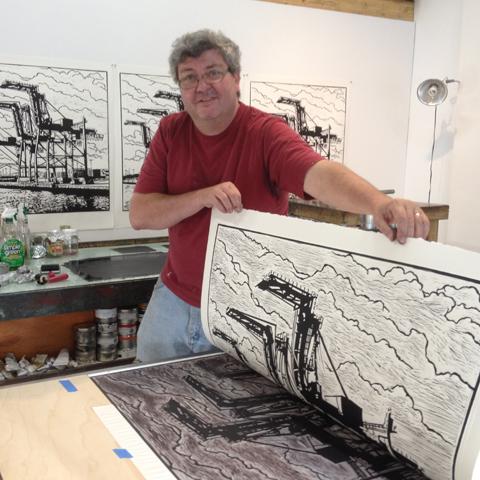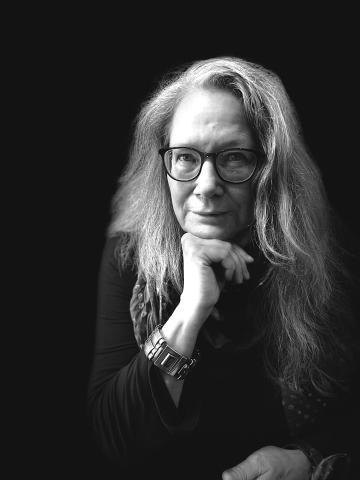Artist: Chuck Thurston (authored by chuckthurston)
Submitted by chuckthurston on
Visitors from the Past
Found Photographs from the Late 19th Century
For a brief span of only a few decades, from the late 1860's to the dawn of the twentieth century, ordinary people were photographed in a way that often yielded extraordinary results.
The durable, card-mounted albumen photo prints that were so popular during this period can still be found in antique shops. The larger size prints (usually 6.5" x 4.5") were known as "cabinet card" photographs and were often mailed to relatives for display in their homes. To fully appreciate the magic of this, you have to take yourself back to those days and imagine the wonder and excitement of seeing a photograph of a loved one for the first time!
Unlike modern photographs where the moment of exposure is nearly instantaneous, these images were recorded on glass plate negatives that required long exposure times, sometimes as long as five minutes. Compared with sitting for a painted portrait, this may not have seemed like such a long time, but it still required that the subject find a facial expression that could be held comfortably for the duration of the exposure.
In the best of these photographs, this requirement helped to create natural, truthful portraits that have an uncanny feeling of presence. These long exposure times captured a succession of moments — almost like a short video — during which the person remained still, but also very alive and present.
There is something in these pictures that is not found in later photographs. They capture light, but they also capture presence. This is a distinct subjective feature, and it gives these portraits their striking combination of immediacy and timelessness.
If the subject maintained good eye contact with the camera during the exposure, the resulting photograph would then convey the impression that he or she was actually looking out into the room from the cabinet card print when it was put up for display! The presence of the individuals in these pictures is not diminished by time. Even though we now have almost no information about who they were, we can still feel who they were.
This means that we can feel their qualities of character. This feeling can grow over time, and perhaps even tell us something about the wisdom of their day. As members of the human family, we are all related to the people in these pictures — they are all our "relatives."
In spite of their durability, most cabinet card photos have suffered significant deterioration over the past hundred years. Painstaking digital restoration is very much like cleaning a window. It gives us a clear view into the past, undiminished by spots, scratches, fading and discoloration. Given the nature of the original process, these photographs often contain rich detail, which allows the making of large life-size prints.
This would not be possible without high-resolution digital scanning and today's image editing software tools. These finished pieces thus represent an unusual bridge across time that is anchored at each end by very different, but uniquely complementary, possibilities.




